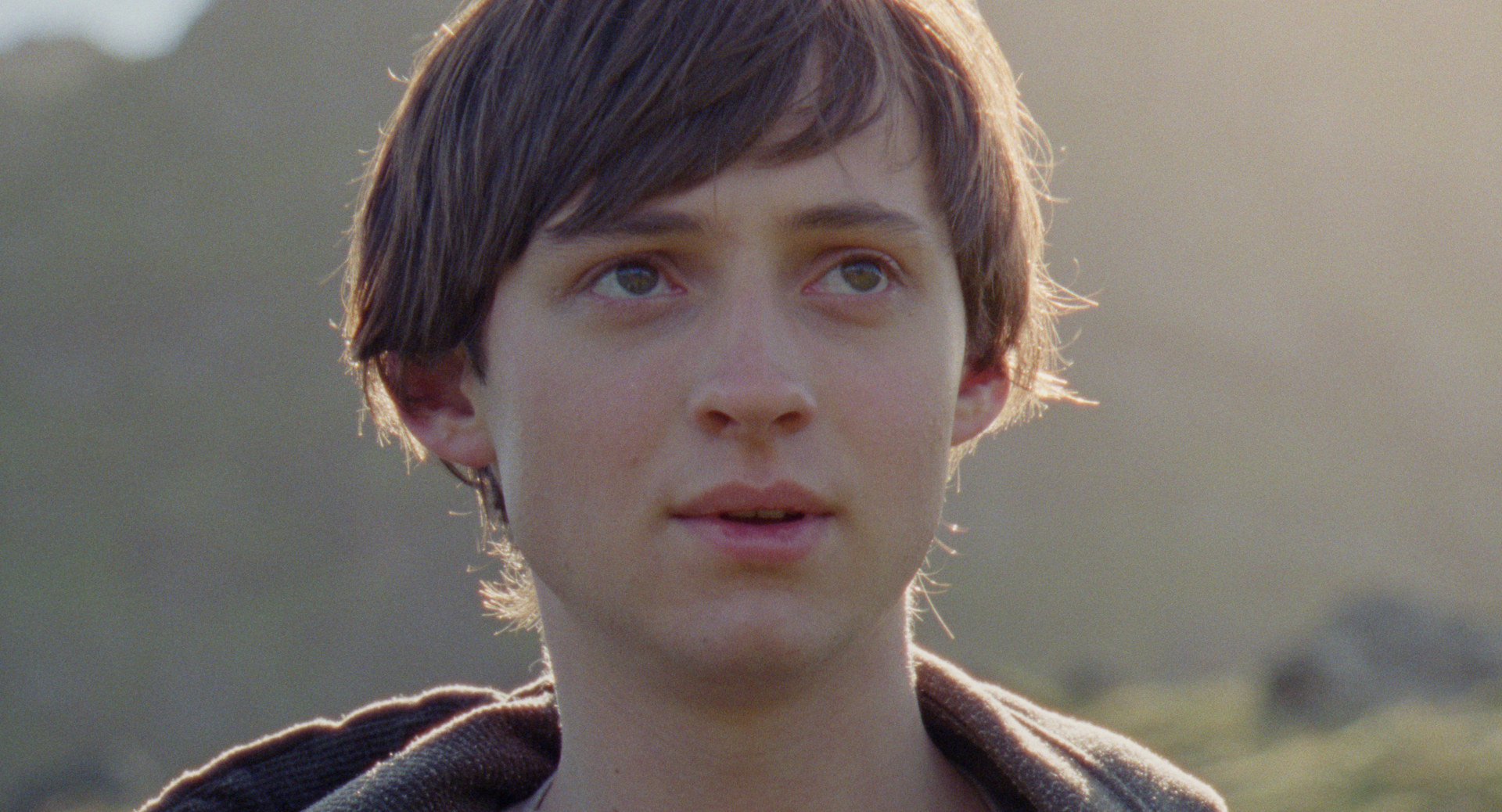
Innocence Stripped: Sexual Assault and Exploitation of Minors at the EIFF

Courtesy of Nimbus Films (http://nimbusfilm.dk/film/sparrows/)
Between May of 2014 and April of 2015, the United States Department of Education launched investigations into 106 colleges and universities for the Title IX violations related to sexual assault. These institutions range from military colleges such as the Virginia Military Institute to public universities such as Florida State University to prestigious private universities such as Harvard University. Recently, there has been public outrage over the sentencing of the Stanford rapist Brock Turner, who was seen by two witnesses raping an unconscious woman behind a dumpster. Students at Stanford were told by the University to keep quiet and to not speak out against Brock Turner in court. Despite being convicted of the crime, Turner received a lenient sentence of six months in jail, provoking both domestic and international outrage. A petition with a million signatures has asked for the judge to be recalled. With reports that 1 in 5 women are sexually assaulted in college, is it really a surprise that “rape culture” has been thrust into the national spotlight?
However, the prevalence of sexual assault is not restricted to the United States. Between 2011 and 2014, the BBC reported that there were 5,500 sexual offenses documented in United Kingdom schools. In Germany, the police were investigating around 1,000 men for sexually assaulting women on New Year’s Eve. It was also found that reports of sexual assault quadrupled at Cologne’s carnival compared to the previous year. In India, 1,138 cases of sexual assault were heard in courts in April alone. Of the 331 sexual assault cases involving minors that month, only 7 cases involved convictions. The international statistics for sexual assault are gruesome and provide examples of why a dialogue on sexual assault is both prevalent and necessary.
It comes as no surprise that this dialogue is evident at the 2016 Edinburgh International Film Festival. Filmmakers are not shying away from the controversial topic of rape; many of the films at the festival include unsettling scenes of the rape of young people.
In the Icelandic film Sparrows (2015) by Rúnar Rúnarsson, 16-year-old Ari (Atli Fjalarsson) has his childhood innocence stripped away in more ways than one. On one occasion, the significantly older sexual partner of his father attempts to comfort Ari who is alone in his room during a party. In his state of vulnerability, the woman slowly moves her hands away from Ari’s face and hair towards his genitalia. She almost inches her way under his covers, testing to see if Ari will resist. Ultimately, the older woman has sex with the expressionless Ari, leaving the viewer uncomfortable that this older woman has taken advantage of the teenage boy by feigning empathy.
Ari’s childhood friend and crush Lara (Rakel Björnsdóttir) doesn’t fare any better. When she breaks up with her brutish boyfriend, Lara has to frantically run away. Her boyfriend is furious at her since she never had sex with him and his entitlement leads him to violently chase after her. Lara only wants to have sex with someone she loves. However, after an experiment with ketamine, Ari finds older men having sex with Lara while she’s unconscious. The viewer sees a close shot of Ari, lying motionless on the floor and crying silently as he watches Lara get assaulted. The shot is a long take, forcing the viewer to process what has happened and the gravity of the situation. In a brutal decision, Ari takes off his clothes and lies next to Lara so Lara can believe that she lost her virginity to Ari (someone she has feelings for). Ari, the cherubic choir singer dressed in white at the beginning of the film, has lost his innocence. The viewer is left to think about male entitlement to sex, adult manipulation of the young, and the horrific exploitation of those who cannot consent.
Another film, The Model (2016) by Mads Matthiesen, involves a 16-year-old girl in somewhat similar circumstances. Emma (Maria Palm) is an aspiring model who does not realize the corruption of the fashion industry. Away from her family for the first time, she is manipulated by older photographers who offer her fashion shoots in exchange for sexual relations. She only manages to obtain shoots upon intimate relations and increasingly becomes emotionally unstable due to her exploitation by adults. Her biggest dream is to walk for Chanel and an executive for the company named Marcel (Virgile Bramley) tells her he is considering her as a model. Knowing her desire for the job, Marcel gives her rohypnol and has her join him by the pool. Despite her efforts to push him away, Marcel has sex with her.
Towards the end of the film, Emma attempts to go to sleep in her room after her roommate moves out. Her 50-year-old landlord, who’s been spying on her in the shower for months, forces himself onto her knowing that she’s alone. She attempts to push him off her, repeatedly telling him no and screaming, but her landlord tells her that he can’t resist. After it is over, Emma walks away and starts vomiting while her landlord states that he is sorry. During her emotional instability, she stabs the man and contacts the police. Unable to handle the fashion industry or the adult world, she goes home to her family with her innocence shattered. Again, the viewer is forced to watch a teenager manipulated by adults, drugged, and sexually assaulted. The viewer must question how the world allows for these violations to occur and why it is still common practice to mistreat women.
Furthermore, the female empowerment film and buddy comedy Angry Indian Goddesses (2015) by Pan Nalin has a dark and terrifying twist. While the majority of the film involves the bonding of seven women and their exploration of feminism as they excitedly prepare for one woman’s wedding, their happiness is crushed by the sexual assault and murder of Joanna (Amrit Maghera). When photos of men assaulting Jo surface, the police do not wish to do anything. The women and the townspeople are forced to stand up and declare that rape is not acceptable. How can these atrocities be allowed to happen?
While the topic of sexual assault is provoking and discomforting, it is refreshing to see films tackle this issue. The prevalence of sexual assault and the objectification of women should not be avoided because of its ability to incite displeasure. Hopefully these films and other media can spark more conversations of how society addresses and views rape along with the exploitation of the young.
Comments are closed, but trackbacks and pingbacks are open.